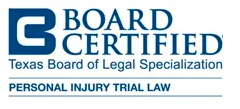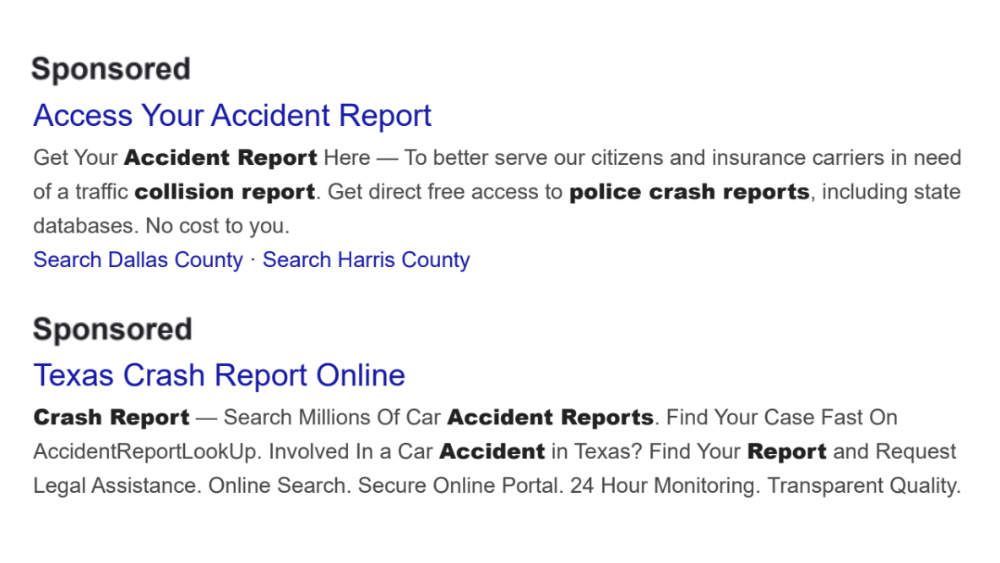How to Avoid an e. Coli Infection

The U.S. Centers for Disease Control and Prevention has advised that Consumers not eat any romaine lettuce, and retailers and restaurants not serve or sell romaine lettuce, until more is learned about the outbreak.
Also, drawers or shelves in refrigerators where romaine was stored should be washed and sanitized.
Consumers who have any type of romaine lettuce in their home should not eat it and should throw it away, even if some of it was eaten and no one has gotten sick. Important things to consider:
- If you do not know if the lettuce is romaine or whether a salad mix contains romaine, do not eat it and throw it away.
- Wash and sanitize drawers or shelves in refrigerators where romaine was stored. Follow these five steps to clean your refrigerator.
- Restaurants and retailers should not serve or sell any romaine lettuce, including salads and salad mixes containing romaine.
Take action if you have symptoms of an e. Coli infection:
- Talk to your healthcare provider
- Write down what you ate in the week before you started to get sick
- Report your illness to the health department
- Assist public health investigators by answering their questions.
- How many have become ill from this e. Coli outbreak?
At least 32 people have become seriously ill due to the latest e. Coli outbreak. Epidemiologic evidence from the united states and Canada indicates that romaine lettuce is a likely source of the outbreak. Thirteen people have been hospitalized in the U.S. - one with kidney failure. The public health agency of Canada has identified 18 ill people infected with the same DNA. fingerprint of e. Coli o157:h7 bacteria in two Canadian provinces: Ontario and Quebec.
What is e. Coli?
E. coli, more specifically Shiga Toxin-Producing E. coli, are among the most dangerous of the food poisoning pathogens – causing approximately 73,000 cases of foodborne illnesses each year in the United States. E. coli sources can be found in undercooked or raw hamburger meat, produce, raw milk, and unpasteurized juices and ciders, to name just a few.
Who is at the Greatest Risk of E. coli Infection?
People at greatest risk for infection include young children, the elderly, and people with a compromised immune system; this includes those with cancer, HIV/ AIDS, or other immune issues.
What are the Symptoms of E. coli Infections?
Although symptoms can vary from person to person, the typical symptoms include:
Severe stomach cramps, watery and bloody diarrhea, vomiting, and mild fever, with symptoms typically beginning within 2 to 8 days after ingestion of the bacteria. Symptoms typically resolve within a week. However, more severe cases may develop Hemolytic Uremic Syndrome (HUS), which can occur between 5 to 10 days of the infection.
What should you do if You Suspect E. Coli Infection?
See a doctor to get the necessary testing for a diagnosis. This is helpful to find out what bacteria or virus made you sick and to obtain the medical care you need to get better.
Depending on the severity of your illness, you may want to talk to a lawyer about a potential claim. You can reach out to us for a free, no obligation consultation.
Resources:
Https://www.cdc.gov/ecoli/2018/o157h7-11-18/index.html


The information on this website is for general information purposes only. None of the information on this site should be taken as legal advice for any individual case or situation. This information is not intended to create, and receipt or viewing does not constitute, an attorney-client relationship.

















